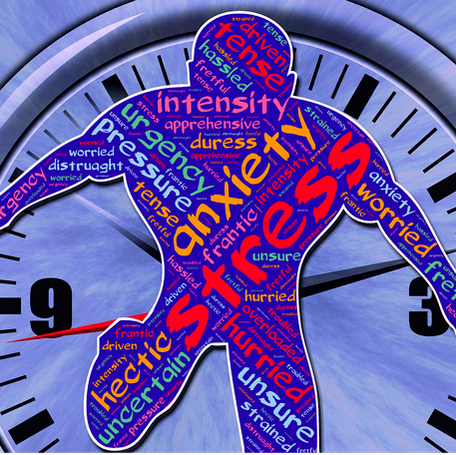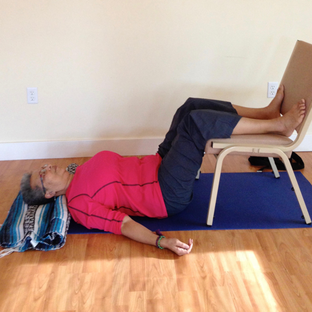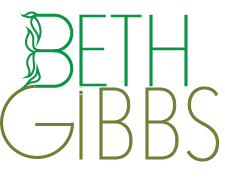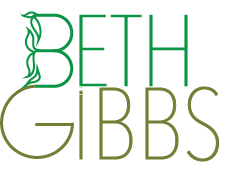ENLIGHTEN UP! a blogSelf-awareness stories: lighting our way to clarity, contentment and resilience in a complicated world.
|
 What the experts say As we all know, times are tough right now. #2020! The Covid 19 pandemic is the first one most of us have experienced in our adult lives but it’s not the world’s first or the last. Throughout 12,000 years of human history, pandemics have killed an estimated 300 million to 500 million people, with the bubonic plague decimating an estimated 60% of the European population during the Middle Ages. According to the National Institutes of Health and the Psychiatric Times online journal, the pandemic is having a serious impact on mental health; an impact expected to be with us long after Covid 19 is over. In addition to the regular stressors of life, the CDC guidelines on masking, social distancing, quarantining, and lockdown protocols have increased the layers of stressors we face. In addition there are the difficult socio-economic effects of the pandemic on essential workers, the middle class and small business owners. Add to that the stress of working from home and caring for children and other family members and we have a double-barreled tall tiered ‘stress mess.’ The effects of these additional stressors can - and most likely have - resulted in higher incidents of emotional disturbance, irritability, insomnia, depression and post-traumatic stress symptoms. The long-term impact is likely to show up in our lives as increased anxiety, anger, depression, domestic violence, substance abuse (I sure hope they aren’t lumping chocolate into this!), and changes in behavior like avoiding crowded places. Researchers point out that these psychological symptoms and the behaviors resulting from them can last from several months up to three years or more after the pandemic is over. A review of stress and how it affects our entire being is useful before we consider how to deal with it. First, a certain amount of stress is normal and necessary. If we didn’t experience positive stress every second of the day, we wouldn’t breathe, our bodies wouldn’t function, our brain would stop working and we’d die – pure and simple. Unhelpful stress, on the other hand, is any event that interferes with our equilibrium on the physical, mental and emotional levels. Here’s a quick review of key terms from a blog post by Nina and Baxter at the Yoga for Healthy Aging Blog. Stress Response. This term describes the response of your mind and body when you are faced with a challenge real or imagined. Fight or Flight State. This term describes the state of your nervous system when your sympathetic system is fully operational. Relaxation Response. This term describes the response of your mind and body to safe circumstances or a secure environment, causing your heart and breath rate to slow, your blood pressure to drop, your energy usage to slow and your digestion and immune systems to turn on. Rest and Digest State. This term describes the state of your nervous system when your parasympathetic system is fully operational, you are mentally and physically relaxed, your body’s vital signs are in their calm state, and the immune, repair, and digestive systems are up and operating. You enter this state naturally when relaxing at home or out in nature, or when you use conscious relaxation to trigger the relaxation response. Conscious Relaxation. This term describes any technique that triggers the relaxation response, including meditation, breath practices that are calming, guided relaxation practices, and even gentle and restorative yoga asana practiced mindfully. Sympathetic Nervous System. Your sympathetic nervous system prepares your body and mind for action by stimulating your heart to beat faster and stronger and slightly raising your blood pressure to improve blood flow, by opening your airways so you can breathe more easily, and by stimulating your thought processes so you can assess your situation and think more quickly. Parasympathetic Nervous System. This system is responsible for nourishing, restoring, and healing your body and mind. When you are physically still and your mind is quiet, your parasympathetic system functions optimally, allowing you to enter the rest and digest state. You can read the full post here: http://yogaforhealthyaging.blogspot.com/2016/03/coming-into-balance-how-stress-and.html For serious mental health issues medical, psychological or psychiatric help is necessary. For those of us dealing with less serious but still difficult stress-mess issues, there are actions we can take to manage them once they’ve been recognized and sourced – either as leftover pre-pandemic issues or the additional ones we may face during and post pan-damn-ic (see my definition of pan-damn-ic and other covid related word plays in Covidictionary, New Words for A New Normal. Here’s a helpful list of actions to consider:
These are keys to building stress hardiness. The huffpost.com blog says “Stress hardiness is not the avoidance of stress; it is a positive response to stressful situations and the ability to minimize their negative effects.” Experts say those who are stress hardy have the following abilities:
Stress hardiness can be learned – that’s the good news. It will take time, attention and effort. That’s not bad news but it is the real deal. During covid times, waking the witness will help us recognize what our stressors are and why we find them troublesome. After facing them and tracing them we can find healthy ways to work with them. Suggested yoga tools and techniques for dealing with pandemic stress-mess is the focus of Covid Times Self Care: Part 2.
1 Comment
 Tools and Techniques What can each of us do to climb out of our covid times mental and emotional stress-mess sinkhole? A lot. We have choices. In part one we covered the ‘what and the why’ we are experiencing an uptick in stress and I discussed the importance of stress hardiness as a way to deal with it. In this post, I’ll offer some ‘how-to’ accessible yoga self-awareness practices to build stress hardiness. It starts with understanding the mind. The conscious mind consists of everything inside our wakeful awareness. This dimension of mind is what we use when we pay attention to our physical body and our surroundings. At this level, the mind is primarily concerned with our need to:
All of these have been difficult or impossible during covid. Turn on the news and we witness and feel compassion for the pain of those who have lost loved ones and the trauma experienced by overworked and under-resourced health care and other essential workers. We find it hard to repeat pleasure and find the time and space to re-charge when we’re in lockdown with our families. It’s also hard to watch our country go through racial, cultural and political upheaval. And of course, contact with others on an unmasked, in-person level has been difficult. Thank goodness for Zoom! And thank goodness we can take concrete action by focusing our attention on the first two layers of self-awareness:
Both of these layers are connected to and interrelated with the mind, so when we choose ways to witness and work with our body, breath and energy we will also be boosting our mental wellbeing. Here are some tools and techniques to try. Physical Body 1. Body Stretch and Scan. This technique helps us tune into messages and sensations the body sends that our minds may not notice if our attention is focused on doing instead of being. I recommend doing this exercise before getting out of bed in the morning. The whole process takes less than five minutes and can be done in any order. Instructions for the Body Stretch
Instructions for the Body Scan In this exercise, you bring your attention to each part of your body and look for sensations such as comfort, discomfort, openness, contraction, pain, warmth, coolness, pulsing, heaviness, lightness, etc. If you notice nothing, just notice that. I start with my toes and work upward but if you are drawn to scan your body from head to toe – go with it. When you feel complete, take a few long deep breaths, take another full body stretch, let your feet hit the floor and begin your day. 2. Legs-On-the-Chair-Pose Props: a sturdy chair, a pillow or folded blanket for the head, a timer and a music source (optional) Instructions 1. Select a carpeted area or use your yoga mat to practice this pose. 2. Set your timer for 10 – 15 minutes and start the music if you choose to use it. 3. Sit down close to the chair, swing the legs up and place your calves on the chair seat so your body forms 90-degree angles with your knees in line with your hips. 4. Place the pillow or folded blanket under your head. 5. Close your eyes and breathe normally. 6. When the timer goes off, bend the knees halfway toward the chest and roll to the side, using your arms to sit up slowly. Variation: If getting up and down on the floor is difficult try this in bed with your legs on a stack of pillows. Breath/Energy 1. Relaxation Breath If you are feeling anxious or stressed try Relaxation Breath. Find a comfortable seated position. Close the eyes or if you choose to keep them open soften your gaze and look downward. Inhale normally. When you exhale hold the breath out and silently count “one thousand one, one thousand two.” Continue for 2-3 minutes or longer. This breathing technique brings awareness to the breath, slows the number of breaths you take per minute and lengthens the exhalation. This calms the nervous system. 2. Fake It ‘Til You Make it Gesture of The Inner Smile is a global positioning system (GPS) energy exercise for cultivating a feeling of lightness. It is called Hansi Mudra in the yoga tradition and is helpful when your spirits need a lift. Instructions
It may also help to remember this Chinese proverb: "You cannot prevent the birds of sorrow from flying over your head, but you can prevent them from building nests in your hair." |
Archives
July 2024
AuthorBETH GIBBS started her yoga practice in 1968, four months after her son was born and she’s been practicing ever since. She currently teaches all levels therapeutic yoga classes for adults, and specialty classes for seniors in the Hartford, Connecticut area. Beth is a certified yoga therapist through the International Association of Yoga Therapists and is guest faculty at the Kripalu School of Integrative Yoga Therapy. She writes for the blogs, Yoga for Healthy Aging, and Accessible Yoga. Her master’s degree from Lesley University in Cambridge, MA is in Yoga Therapy and Mind/Body Health. Categories |
|
|
Enlighten Up! a Blog
|
Copyright © 2023 Beth Gibbs

 RSS Feed
RSS Feed
